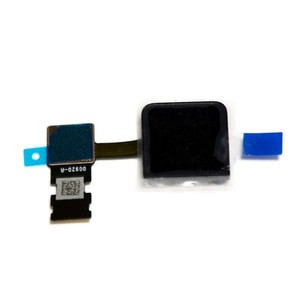
The source of the news about the Touch ID power button is cited by 9to5Mac and, according to that outlet, “has provided reliable information in the past”. Now, a reportedly reliable source is said to have claimed that these notebooks will have Touch ID built into the power buttons.įor the uninitiated, Touch ID is the fingerprint-scanning technology which Apple has integrated into recent iPhones and iPads to let each user carry out any of a wide range of tasks, including unlocking their device, simply by resting a finger on the Home button, beneath which lies the Touch ID sensor.

It’s as if Apple really wants us to hear the startup chime on every Mac prior to the late 2016 refresh.What we’ve previously read about the new MacBook Pro models expected later this year already suggests that they will be a major leap forward from their predecessors. We also found changing the old school SystemAudioVolume nvram setting didn’t work, nor did holding down the Mute key after starting up.

Still, it’s nice to know we can turn the chime back on if we want.ĭisabling the startup chime on older Mac models with this command doesn’t work-or, at least it didn’t on the Macs The Mac Observer tested.

Also, Macs start up much faster than they did back in 1984, so an audio alert signaling the computer is on and booting up isn’t as necessary as it once was. Presumably Apple figured users would hear the startup chime more often than they’d like. Why did Apple take away the startup chime, you ask? It’s most likely because the new MacBook Pro models don’t have a traditional power button and instead turn on when you lift the laptop lid, or connect the charger cable. If you decide you don’t want the chime, just change the %01 at the end of the sudo command to %00. That’s it! Now your fancy new MacBook Pro will chime on startup, just like previous models. Use the BootAudio nvram setting to bring back the new MacBook Pro’s startup chime


 0 kommentar(er)
0 kommentar(er)
